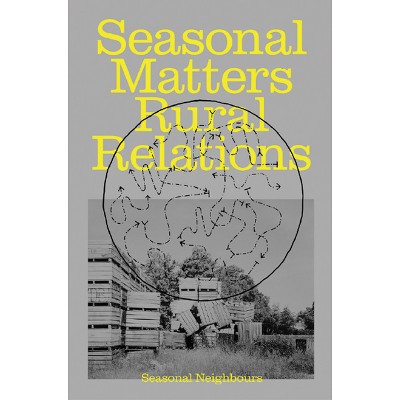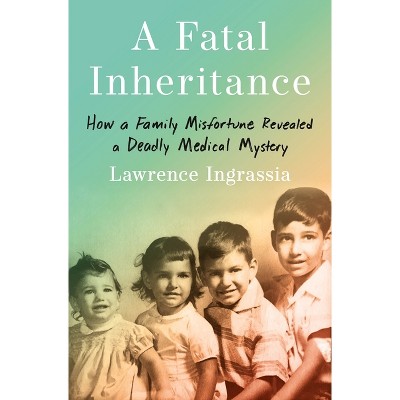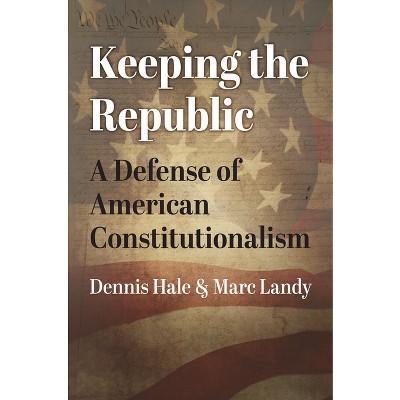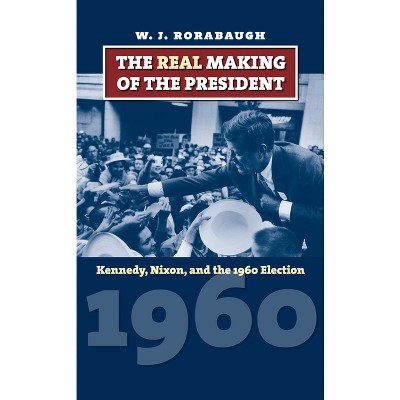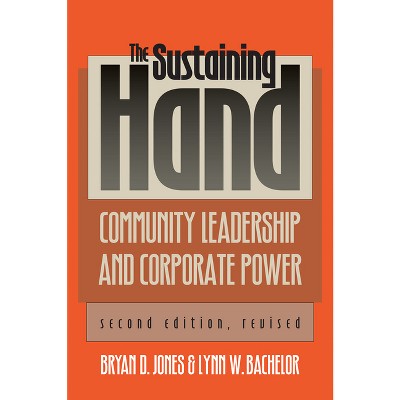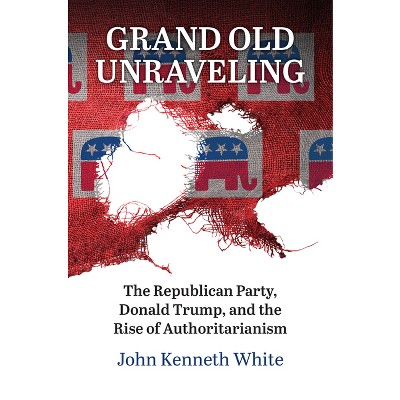Sponsored

Keeping the People's Liberties - by John J Dinan (Paperback)
In Stock
Sponsored
About this item
Highlights
- Which branch of government should be entrusted with safeguarding individual rights?
- Author(s): John J Dinan
- 272 Pages
- Political Science, Political Process
Description
Book Synopsis
Which branch of government should be entrusted with safeguarding individual rights? Conventional wisdom assigns this responsibility to the courts, on the grounds that liberty can only be protected through judicial interpretation of bills of rights. In fact it is difficult for many people even to conceive of any other way that rights might be protected. John Dinan challenges this understanding by tracing and evaluating the different methods that have been used to protect rights in the United States from the founding until the present era. By examining legislative statutes, judicial decisions, convention proceedings, and popular initiatives in four representative states--Massachusetts, Virginia, Michigan, and Oregon--Dinan shows that rights have been secured in the American polity in three principal ways. Throughout the eighteenth and nineteenth centuries, rights were protected primarily through representative institutions. Then in the early twentieth century, citizens began to turn to direct democratic institutions to secure their rights. It was not until the mid-twentieth century that judges came to be seen as the chief protectors of liberties. By analyzing the relative ability of legislators, citizens, and judges to serve as guardians of rights, Dinan's study demonstrates that each is capable of securing certain rights in certain situations. Elected representatives are generally capable of protecting most rights, but popular initiatives provide an effective mechanism for securing rights in the face of legislative intransigence, and judicial decisions offer a superior means of protecting liberties in crisis times. Accordingly, rather than viewing rights protection as the peculiar province of any single institution, this task ought to be considered the proper responsibility of all these institutions. By undertaking a comparison of these institutional methods across such a wide expanse of time, Keeping the People's Liberties makes a highly original contribution to the literature on rights protection and provides a new perspective on debates about the contemporary role of representative, populist, and judicial institutions.Review Quotes
"A valuable dissertation on what civil liberties measures were being advanced at the state level during both the nineteenth and twentieth centuries."--Political Science Quarterly
"A strikingly original and persuasive reinterpretation of how rights have been safeguarded in the United States."--American Political Science Review
"A calmly balanced and brilliantly incisive analysis which shows that state legislatures have performed as well as, and sometimes better than, federal and state courts in expanding and defending rights. Beyond those interested in the history of rights, courts as institutions, and constitutional law, this book will be profitable for those interested in state politics, American political theory, and democratic theory. Impressive and convincing."--Donald S. Lutz, author of A Preface to American Political Theory
"We have grown accustomed to thinking that judicial review and judges are uniquely suited to protecting the people's rights and liberties. John Dinan's important study demonstrates that this way of thinking, however familiar, substantially oversimplifies the lessons of the complex American experience."--Michael J. Perry, author of The Constitution in the Courts: Law or Politics?
"This is a wonderful, eye-opening, and very important book. It sets our modern debate about the 'rights explosion' in a new and useful perspective. I have studied and written about constitutional law for twenty years, and I have to say reading this was a revelation for me. It filled in the background that is missing in contemporary constitutional theory."--Robert Nagel, author of Judicial Power and American Character
Shipping details
Return details
Frequently bought together
Trending Non-Fiction






